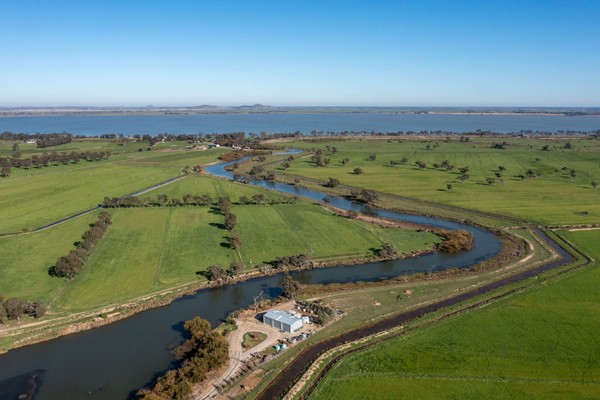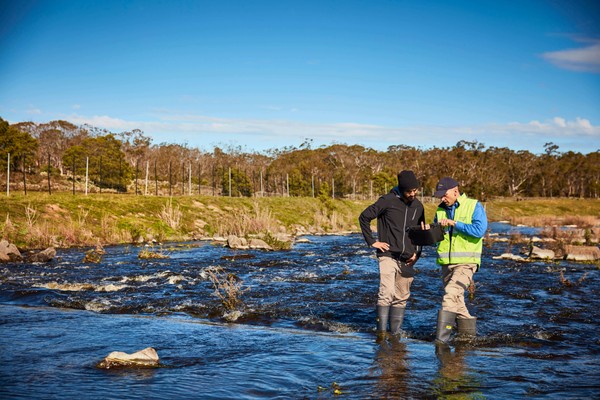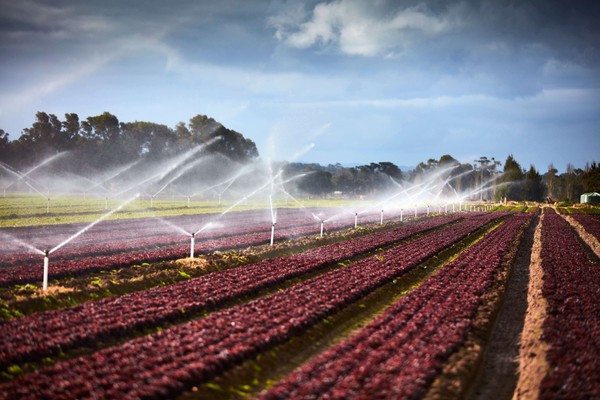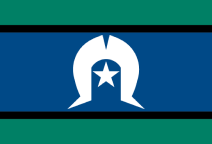Water corporations
Victoria’s state-owned water sector is made up of 18 water corporations. There are two main types of water corporations; urban and rural. Grampians Wimmera Mallee Water (GWMWater), Lower Murray Water and Coliban Water function as both urban and rural water corporations.
Urban
15 urban water corporations provide a range of water services to urban customers (Figure 1). These services include:
- urban water supply (including recycled water)
- sewage
- trade waste disposal services.
In regional Victoria, these are:
- Barwon Water
- Central Highlands Water
- Coliban Water
- East Gippsland Water
- Gippsland Water
- Goulburn Valley Water
- GWMWater
- Lower Murray Water
- North East Water
- South Gippsland Water
- Wannon Water
- Westernport Water.
In Melbourne, they are:
- Greater Western Water
- South East Water
- Yarra Valley Water.
Figure 1: Urban water corporation supply areas

Rural
6 rural water corporations provide a range of water services to rural customers (Figure 2). These services include:
- water supply
- drainage
- salinity mitigation services for irrigation
- water for domestic and stock purposes.
These water corporations include:
- Southern Rural Water
- Goulburn Murray Water
- GWMWater
- Lower Murray Water
- Coliban Water
- Melbourne Water.
Figure 2: Rural water corporation supply areas
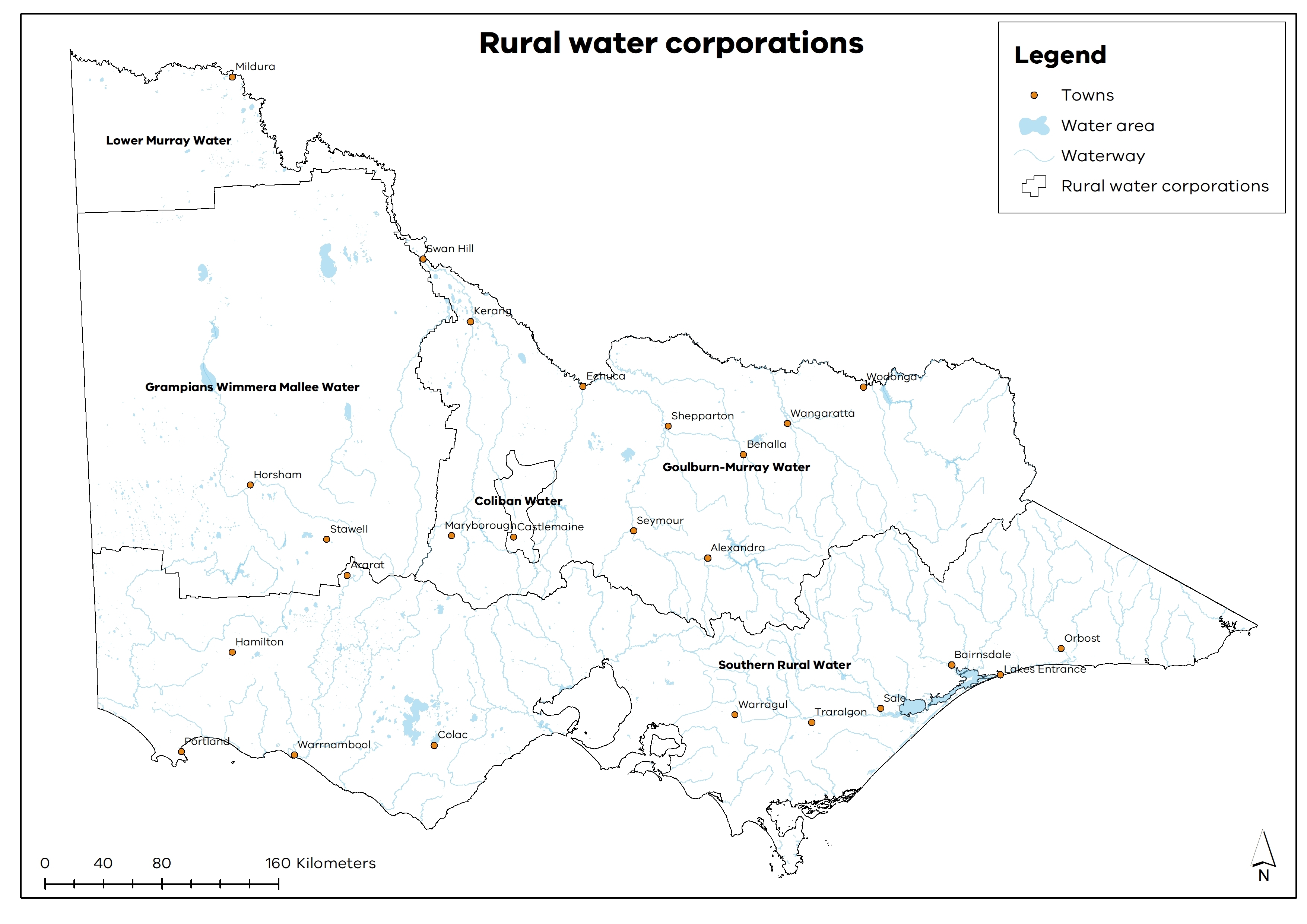
Additional responsibilities for rural water corporations
Click on the rural water corporation to read more about its additional responsibilities.
-
- provide bulk water supply services to other water corporations in regulated water supply systems in regional Victoria
- manage regulated systems
- administer the diversion of water from waterways
- develop and implement management plans on behalf of the Minister.
-
- administers the diversion of water from waterways
- issues and administers groundwater licenses.
-
- distributes water for domestic and stock use.
-
- provides bulk water supply and sewerage services to urban water corporations in the Melbourne metropolitan area
- manages waterways and major drainage systems in the Melbourne, Port Phillip and Western Port areas
- develops and implements management plans on behalf of the Minister
- administers the diversion of water from waterways
- supplies recycled water, through retail water corporations, for irrigation and other purposes.
Catchment management authorities
Integrated Catchment Management (ICM) is the coordinated management of land, water and biodiversity resources based on catchment areas. It incorporates environmental, economic and social considerations.
In Victoria, ICM underpins sustainable management of land and water resources, and contributes to biodiversity management. Victoria’s framework for the integrated management of catchments is established under the Catchment and Land Protection Act 1994 (the CaLP Act).
Victoria is divided into ten catchment and land protection regions, each reflecting the unique biophysical qualities of each area. In each region, a Catchment management authority (CMA) (Figure 3) is responsible for the integrated planning and coordination of land, water and biodiversity management. The exception is the Melbourne and Westernport region, in which Melbourne Water is responsible for these functions. CMAs and Melbourne Water work very closely with community, Traditional Owners and other local partners in their planning and management activities.
Under the Water Act 1989, catchment management authorities are also responsible for regional waterway, floodplain, drainage and environmental water reserve management. The 10 CMAs are:
- Mallee
- Wimmera
- Glenelg Hopkins
- Corangamite
- Melbourne Water (formerly Port Phillip and Westernport CMA)
- West Gippsland
- East Gippsland
- North East
- Goulburn Broken
- North Central.
Figure 3: Catchment management authorities boundaries
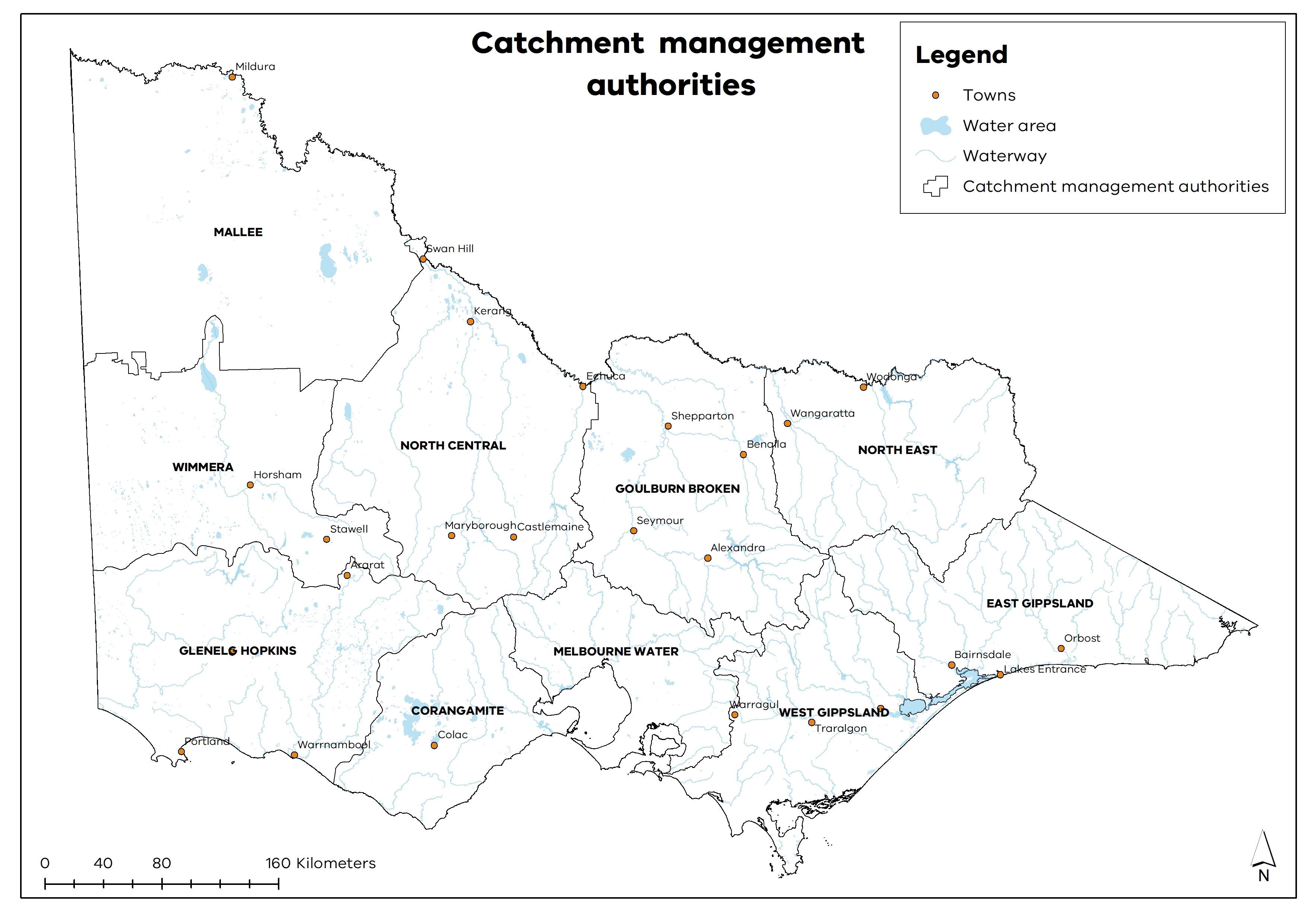
Other important organisations
The Essential Services Commission
- oversees the Victorian economic regulation framework for water
- this framework guides water corporations’ pricing and investment decisions
- this framework is established under the Essential Services Commission Act 2003 and the Water Industry Act 1994.
The Department of Health
- independently regulates the quality of water supplied by water corporations in accordance with the Safe Drinking Water Act 2003.
The Environmental Protection Authority Victoria
- independently regulates the environmental performance of water corporations in accordance with the Environment Protection Act 2017
- is responsible for controlling environmental standards for wastewater discharge and recycled water use.
The Victorian Environmental Water Holder
- is an independent authority that manages Victoria’s water for the environment
- works with local waterway managers – catchment management authorities and Melbourne Water – to achieve the best outcomes with available water
- coordinates with other Murray-Darling Basin environmental water holders – the Commonwealth Environmental Water Holder, the Murray-Darling Basin Authority and environmental water managers in New South Wales and South Australia – to deliver all water for the environment in and from northern Victorian waterways
- holds environmental water entitlements
- manages some entitlements on behalf of the Snowy Water Initiative and The Living Murray program
- considers Aboriginal cultural and social and recreational values and uses in its management of environmental water (from March 2020 following amendments to the Water Act 1989).
A statewide summary of Water for the environment is included in the accounts. The Victorian Environmental Water website provides more information about how water is managed for the environment.
The Commonwealth Environmental Water Holder
- manages water acquired by the Australian Government for the environment in the Murray-Darling Basin
- holds Victorian water shares that were acquired through the Australian Government’s investment in water-saving infrastructure and purchases
- receives annual allocations against its water shares
- partners with the Victorian Environmental Water Holder, the Murray Darling Basin Authority and Victorian waterway managers to deliver this water for the environment in Victoria.
Further information about the Commonwealth Environmental Water is available through the Australian Department of Climate Change, Energy, the Environment and Water.
The Murray-Darling Basin Authority
- implements the Murray Darling Basin Plan
- conducts independent monitoring and evaluation
- runs the River Murray on behalf of basin state governments
- provides technical advice to the Inspector-General of Water Compliance.
The Murray-Darling Basin Plan
- came into effect in 2019
- sets limits on the amount of water that can be extracted from the Basin
- these are known as sustainable diversion limits
- this water will be used to improve the health of basin rivers, wetlands and floodplains and the habitats of plants and animals that rely on the river system.
- manages The Living Murray program on behalf of the basin states and the Commonwealth
- this program aims to achieve ecological objectives at 6 icon sites, chosen for their high ecological and economic value and their cultural and heritage significance to Aboriginal people
- the sites encompass the floodplains, wetlands and forests along the Murray, the Murray’s estuary and the river itself
The Victorian Environmental Water Holder holds some entitlements in trust for the Murray Darling Basin Authority. Decisions about the use of water under these entitlements are made by the Southern Connected Basin Environmental Watering Committee.
The Inspector-General of Water Compliance
- was established in August 2021 following amendments to the Water Act 2007 (Cth) and the Murray Darling Basin Plan
- is responsible for ensuring compliance with the Basin Plan
- oversees water management in the Basin
- has inquiry powers to investigate the implementation of the Water Act 2007 (Cth), the Basin Plan and intergovernmental agreements, including the Murray-Darling Basing Agreement.

